Table of Contents (click to expand)
Degaussing is the process of reducing a ship’s magnetic field to make it undetectable to magnetic mines. Degaussing can be achieved in various ways, but the original method is to install electromagnetic coils around the circumference of the hull of the ship.
Hitler-led Germany invaded Poland on September 1, 1939. Two days later, Britain and France declared war on Germany, honoring a pact that they had signed earlier. At that time, Britain boasted the most powerful naval force on the European continent. It was a force to be reckoned with, and every country, including Germany, knew that for a fact.
That’s why, in the initial stages of the war, when there were not enough U-boats (German submarines) to achieve large-scale damage to the British fleet, Germans adopted a sneakier, smarter approach to attack the ships of the Royal Navy, rather than going head to head with them. They used naval mines.
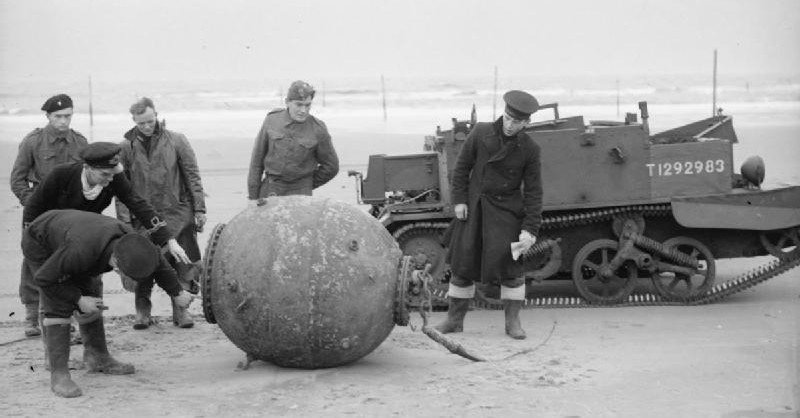
What Does A Naval Mine Do?
A naval mine is an explosive device placed underwater in order to damage or destroy ships and/or submarines. Naval mines are deposited underwater, where they lie in wait for a ship or submarine passing nearby. Naval mines can detonate upon contact with the target vessel, or even just the latter’s approach, which is what makes them such a formidable weapon of choice in naval warfare.
Naval mines can be used both to attack enemy ships and vessels, and to defend friendly merchant ships. These mines can be laid in a variety of ways – by submarines, purpose-built minelayers, refitted ships, or can even be dropped from the sky by aircraft.
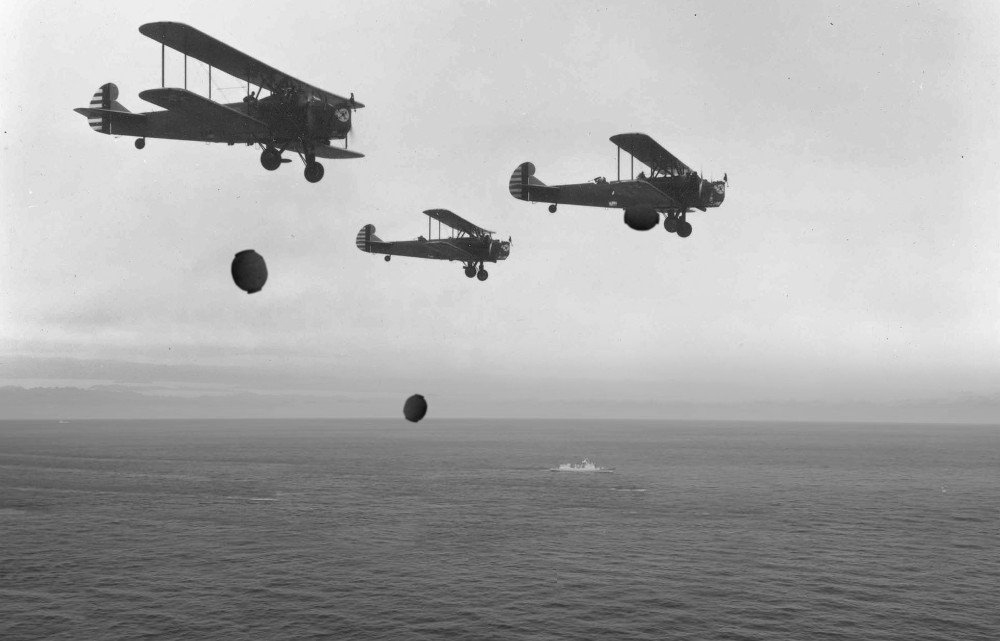
Earlier, contact mines were the norm. These mines had to come in direct physical contact with their target ship in order to detonate. However, Germans began using more sophisticated proximity mines, which exploded when the target ships got close enough.
These naval mines are activated when they detect an increase in the magnetic field as a result of a ship passing close to them. You see, when a large ferrous object (e.g., a ship made of steel) passes through Earth’s magnetic field, it concentrates the field over it. When the sensor in the mine detects this concentrated magnetic field, it sets off the mine and the nearby ship is damaged by the shockwave of the explosion.
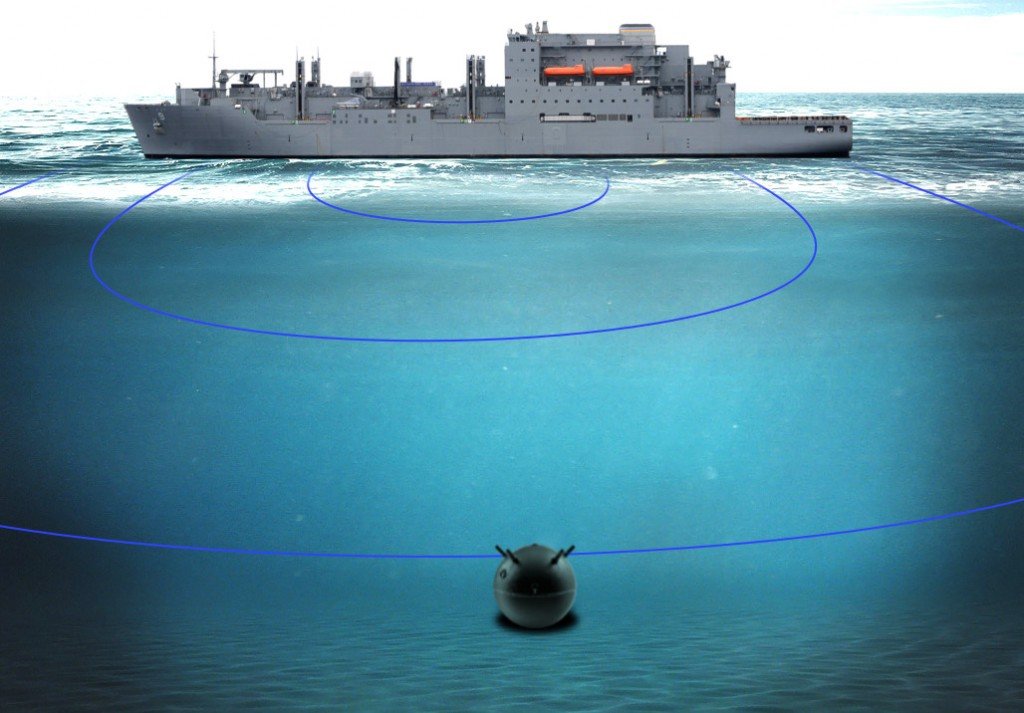
The British fleet was under constant attack from these naval mines laid by German aircraft. English ships were being sunk with alarming consistency, yet they had no way to counter this novel explosive that detonated without even ‘touching’ their ships.
Eventually, the wheel of fortune turned to favor the British. A German aircraft mis-dropped a mine onto the mudflats off Shoeburyness (located in Essex, England) during low tide; it was subsequently recovered and extensively investigated by British scientists.
It was then that they discovered that the underlying detonation mechanism in these German mines was fundamentally different from their older counterparts. To counter the effect of these mines, degaussing was introduced.
Also Read: How Do Land Mines Work?
What Is Degaussing?
Degaussing is the process of significantly reducing the magnetic field produced by a large ferrous object (e.g., a ship).
The term ‘degaussing’ is derived from the word ‘gauss’, which is a unit that measures magnetism. The unit ‘gauss’, in turn, has been named after Carl Friedrich Gauss – a renowned scientist and mathematician.
Degaussing has many applications in different fields, including militaristic equipment, aerospace, buildings and infrastructure, mechanical engineering etc. Degaussing can be achieved in various ways, but the original method, which was introduced during the second world war, was to install electromagnetic coils around the circumference of the hull of the ship (this is also referred to as coiling).
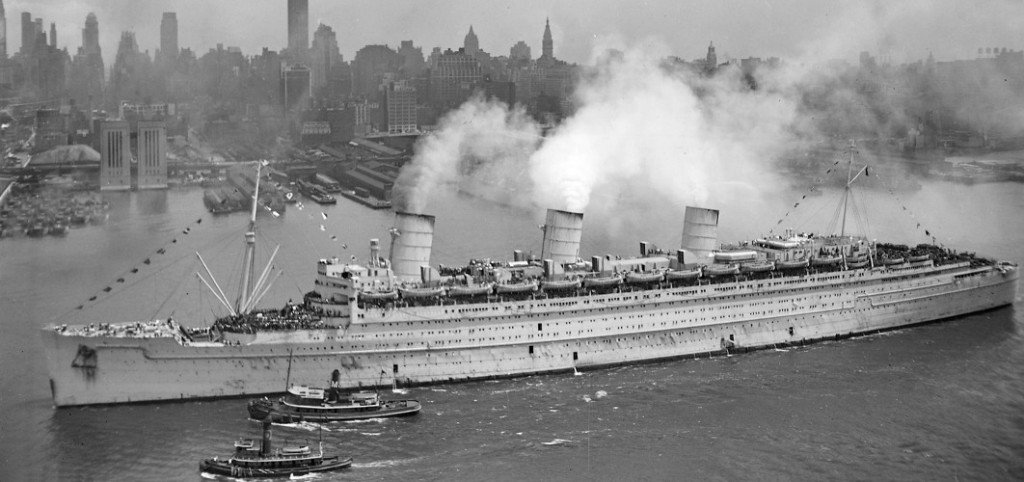
You see, when you pass an electric current through a copper wire, it produces a magnetic field. This magnetic field, in turn, cancels out or at least significantly reduces the magnetic field of the host ship, thereby making it ‘invisible’ to the sensors of magnetic proximity mines.
Also Read: How Do Aircraft Find Submarines In Deep Water?
How Did Degaussing Help The British Navy In World War II?
The British installed systems of electrical cables around the circumference of their ships’ hulls, running from bow to stern on both sides in a bid to fool German naval mines. And they succeeded!
After the technique of degaussing was successfully implemented on all major British naval cruisers and battleships that went out in the open sea against the threat of German ships and U-boats, the casualties to the British fleet were measurably reduced.
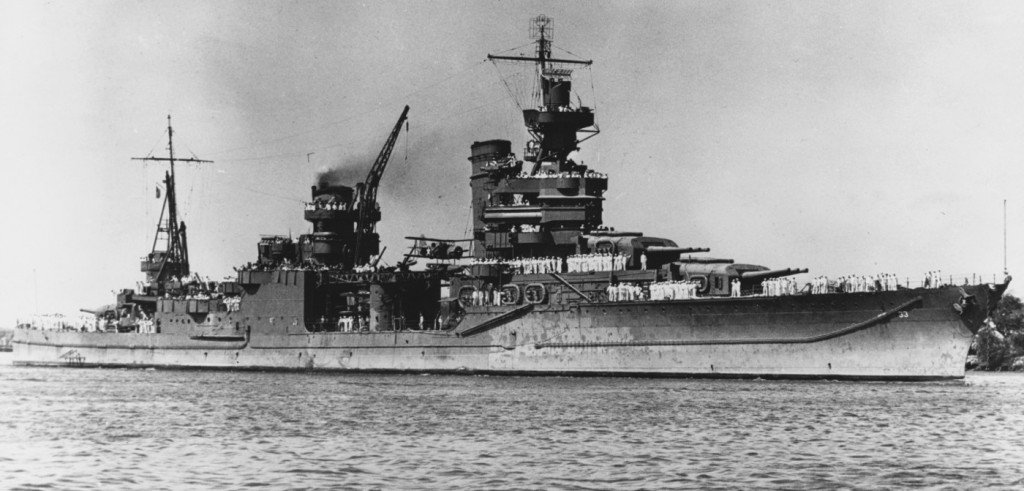
Now, it was the Germans who were left confused as to how their mines were no longer as effective and deadly as they used to be. Soon enough, they figured out that the British were degaussing their ships, and that their proximity magnetic mines would no longer pose a threat to the British navy.
Had the British not figured out the degaussing technique in a bid to shield their ships, their navy would have been in much worse shape right from the beginning of the war. With its naval superiority subdued in Europe, Britain could no longer have challenged the unstoppable German rampage on land and air, and the outcome of the war, and the fate of Europe itself, might have been different.
How well do you understand the article above!

References (click to expand)
- Installing field coils, shields, and degaussing - Doyle Group. Harvard University
- "Degaussing" and other Demonstrations with CRT Monitors Presented at 1994 AAPT Summer Meeting - physics.gac.edu
- Varma, R. A. R. (2014). Design of Degaussing System and Demonstration of Signature Reduction on Ship Model through Laboratory Experiments. Physics Procedia. Elsevier BV.
- Tactical Reduction In Detection of Electromagnetic and Noise of Naval Transport Signatures - www.asdl.gatech.edu
- Cao, J. H., Zhuang, B., & Mu, H. F. (2015). Adaptability Analysis of the Software FLUX Calculating Ship Magnetic Field. Proceedings of the 2015 International Conference on Electrical, Automation and Mechanical Engineering. Atlantis Press.
- Holmes, J. J. (2008). Reduction of a Ship’s Magnetic Field Signatures. Synthesis Lectures on Computational Electromagnetics. Springer International Publishing.
- American practical navigator - webapp1.dlib.indiana.edu
